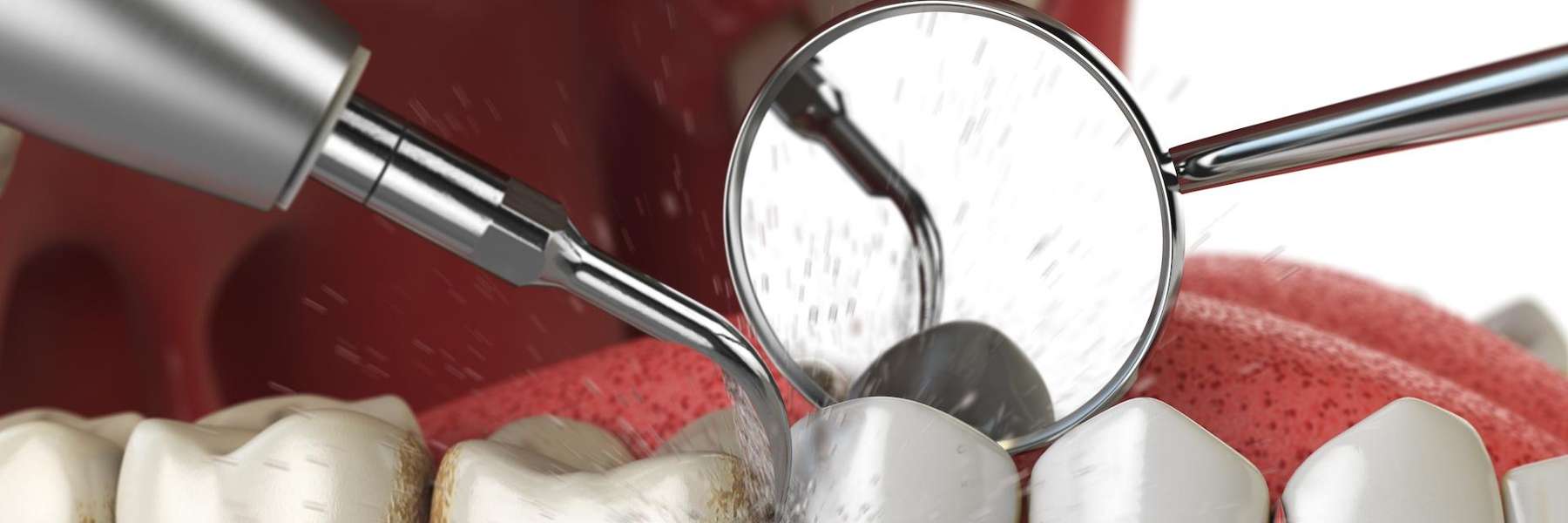
Regular dental exams are essential for maintaining a child’s oral health. Early visits help prevent dental issues, establish positive habits, ensure proper tooth and gum development, and create a positive connotation with dental care.
Parents often wonder what to expect during a child’s dental exam and how to prepare their little one for a successful visit. This guide covers everything you need to know about children's dental exams, including what happens during the appointment and why these checkups are crucial for lifelong oral health.
Helps Kids Acclimate to the Dentist
Introducing your child to dental visits early can significantly affect how they perceive oral care. Pediatric dentists specialize in creating a comfortable, child-friendly environment that makes each visit stress-free.
Some of the techniques they use include:
- A gentle approach — Pediatric dentists are engaging, use kid-friendly language, and explain each step in a fun, non-threatening way.
- Distraction methods — Pediatric dental offices often have toys, books, cartoons, or prizes to keep children relaxed and engaged.
- “Tell-Show-Do” — A technique in which dentists first explain a procedure and demonstrate it on a model before finally performing it on the child’s teeth.
- Positive reinforcement — Praise and small rewards encourage children to cooperate and view the experience positively.
By starting dental visits early, children become familiar with the environment and are less anxious about future checkups.
How Can I Prepare My Child for Their First Dental Visit?
A child’s first dental visit can influence their future experiences with oral care. Proper preparation helps ensure a smooth and positive appointment. Here are some ways to get your child ready:
- Keep things positive — Use simple and reassuring language when discussing the visit. Avoid words like “drill” and “pain.”
- Read books or watch videos — Many children’s books and videos explain dental visits in a fun, educational, and disarming way.
- Role-play at home — Let your child practice opening their mouth while you count their teeth, mimicking what the dentist will do.
- Timing is everything — Schedule early dental visits for times when your child is well-rested and not hungry—and thus unlikely to be cranky.
- Bring a comfort item — A favorite toy, book, or blanket can provide valuable reassurance in an unfamiliar setting.
What Happens During a Typical Children's Dental Exam?
A pediatric dental exam is designed to be quick, thorough, and comfortable. Here’s what typically happens during the appointment:
- Oral examination — The dentist thoroughly checks your child’s teeth, gums, and jaw for signs of cavities, gum disease, or developmental concerns.
- Professional cleaning — A dental hygienist gently removes plaque and tartar buildup and polishes the teeth to prevent decay.
- Fluoride treatment — An optional fluoride application strengthens enamel and helps prevent cavities.
- X-rays — Dentists may take x-rays to detect hidden cavities, check tooth development, and monitor spacing.
- Parental guidance — The dentist will provide you with tips on brushing, flossing, diet, and other factors affecting your child’s oral health.
These initial dental exams typically last 30–45 minutes, ensuring your child’s teeth remain healthy and strong.
Are Dental X-Rays Safe for Children?
Many parents worry about the safety of dental x-rays. However, modern technology has made them extremely safe for children. Pediatric dentists follow strict guidelines to minimize radiation exposure, including using lead aprons and thyroid collars to further reduce exposure and opting for low-radiation digital x-rays, which emit significantly less radiation than traditional film x-rays.
X-rays are valuable tools for detecting cavities between teeth, monitoring growth, and identifying hidden dental concerns. When used appropriately, they pose no significant risk to children’s health. Note also that most dentists will only take x-rays when needed to diagnose issues that cannot be seen during a visual exam.
What Are the Signs of Tooth Decay in Children?
Tooth decay is one of the most common childhood dental problems. Early detection is key to preventing serious damage. Watch for these signs of tooth decay in your child:
- White or brown spots on teeth — These may indicate early enamel breakdown.
- Sensitivity — Complaints about pain when eating hot, cold, or sweet foods can signal decay.
- Persistent bad breath — Unexplained bad breath may be a sign of bacteria buildup from cavities.
- Visible holes or pits — Advanced decay can create noticeable damage in the tooth.
- Difficulty eating — If a child avoids chewing on one side or frequently touches their mouth, they may have dental pain.
If you notice any of these symptoms, schedule a dental appointment as soon as possible to prevent further decay and discomfort. Even in the absence of any symptoms, remember that regular checkups are the best to ensure your child’s smile stays healthy for years to come.
Compassionately Introducing Children to Dental Care in Castle Pines, CO
If you’re in Castle Pines, CO, and looking for a dental team to warmly welcome your children to the world of dental care with fun and positivity, contact Dr. Jon Sierk and the friendly and caring Sierk Children’s Dentistry team to schedule an appointment! We are conveniently located in Castle Pines and Highlands Ranch, easily accessible from Castle Rock and surrounding areas.
